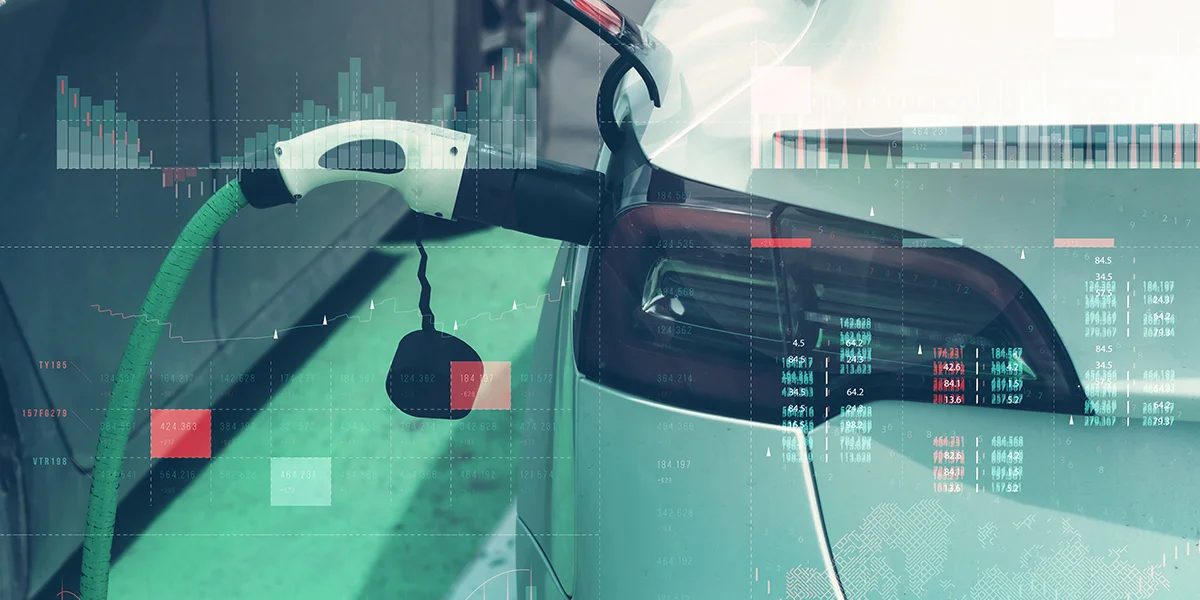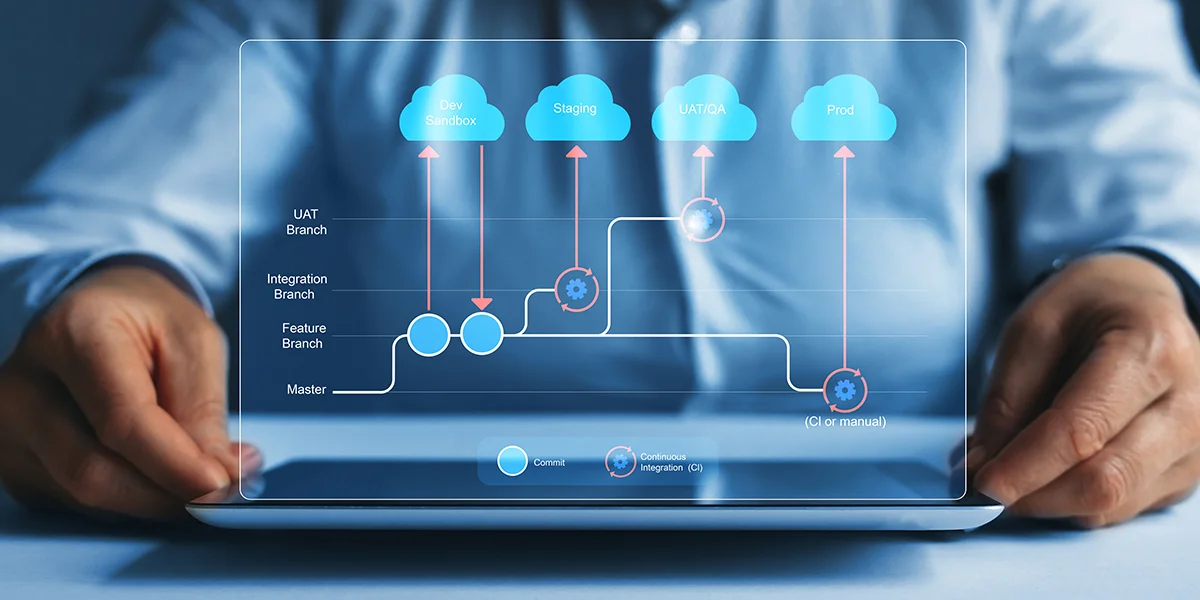EV incentives are on everyone’s mind as 2024 winds into 2025.
It’s no secret the U.S. automotive landscape has undergone a seismic shift in recent years. Electric vehicles (EVs) are quickly evolving from niche products to mainstream options. Multiple factors drive this transformation, including federal and state EV incentives, technological advancements and changing consumer attitudes toward sustainability and innovation.
For example, as concern about climate change grows and the cost of traditional fuel sources rises, consumers are increasingly open to the benefits of switching to electric vehicles. But these factors alone are not enough to move the needle. As with anything, consumers need an incentive to make the switch.
Federal tax credits as EV Incentives
Perhaps the most well-known – and most impactful – incentive available to prospective EV buyers in the United States is the federal tax credit. Designed to reduce the upfront cost of EVs, the tax incentives make the new technology more competitive with traditional gasoline-powered vehicles.
As of 2024, buyers of qualifying EVs can receive a tax credit of up to $7,500. Separate requirements for critical mineral content and battery components apply, as well as factors like vehicle weight, intended use and overall purchase price. Other factors, including proposals to support domestic manufacturing and the use of local materials, might also apply.
The recent election will bring changes to the legislative and executive branches. With that comes uncertainty regarding the long-term availability of some incentives.
As of 2024, buyers of qualifying EVs can receive a tax credit of up to $7,500.
Not to Be Overlooked: State-Level EV Incentives
With that in mind, it’s more important than ever to note the numerous EV incentives offered at the state level. These can include:
- State Tax Credits: Some states provide additional tax credits to further defray purchasing costs. For instance, Colorado taxpayers are eligible for a $5,000 credit for the purchase or lease of any qualifying new EV.
- HOV Lane Access: Many states allow EVs to use high-occupancy vehicle (HOV) lanes, providing a significant advantage during heavy commuting times.
- Charging Infrastructure Support: State governments are investing in charging stations, while also offering rebates or grants for the installation of home chargers.

Utility-Based EV Incentives
Electricity consumption and the resulting monthly bill is a significant concern for many. Some utility companies now offer EV incentives to owners.
One incentive focuses on time-of-use rate structures, providing special rates for EV drivers who charge during off-peak hours. Since these hours are typically middle of the night, this timing helps ensure a full vehicle charge the following day.
Of course, charging a vehicle at home – whether during peak hours or not – requires the installation of EV charging equipment. To counter this financial burden, many utility and power companies offer attractive rebates for the purchase and installation of home charging stations.
Many utility companies now offer their own EV incentives.
Growing Consumer Acceptance of EVs
As climate awareness grows, so does the average consumer’s desire for sustainable transportation solutions. Government educational campaigns, environmental organizations and automakers have come together to help demystify electric vehicles. These initiatives address concerns about battery life, range and overall EV performance. Consumers are increasingly aware of the long-term cost savings associated with EV ownership, including lower fuel and maintenance costs.
Perhaps the most significant factor behind this trend is the ongoing advancement in battery technology.
Modern electric vehicles now boast ranges comparable to their gasoline counterparts. Many models cover over three hundred miles on a single charge.
The rapid development of fast-charging infrastructure means consumers can recharge vehicles in a fraction of the time it used to take. These improvements significantly reduce “range anxiety,” a common concern among potential electric vehicle buyers.
Rising gas prices and inflation effectively act as secondary incentives, pushing consumers to consider EV as the smarter financial option. With gas prices fluctuating and electricity rates more stable, EV ownership becomes more and more appealing.
Many consumers now calculate the total cost of EV ownership over several years, factoring in fuel and maintenance savings. This invariably builds a favorable comparison with traditional vehicles.
Social factors play a role, too. As more people adopt EVs, a social norm will continue to expand around electric vehicle ownership. Peer influence, coupled with visibility—i.e., the appearance of neighborhood charging stations—further encourages potential buyers to make the switch.
Community sustainability initiatives also foster a more supportive environment for EV adoption, making it feel more accessible and desirable.

The Corporate Response
As per the old saying “one hand washes the other”. The corporate world simultaneously drives and responds to consumer trends. For many years, the general perception was that electric cars were small and compact due to weight limitations. That’s changed a great deal in recent years, with the automotive market offering a better variety of electric vehicle models, from compact cars to SUVs and pickup trucks.

This diversity caters to different consumer preferences and needs, making it easier for individuals to find an EV that fits their lifestyle. Tesla, Ford, General Motors, Nissan, Volkswagen and others now offer models at various price points, providing an EV for every target demographic.
This increased selection further normalizes the EV as a viable car-buying option.
Bringing things full circle, government policies at both the federal and state levels, along with corporate responsibility initiatives from major automakers, help reinforce the shift toward electric vehicles. Many states have ambitious goals for reducing carbon emissions and increasing the percentage of EVs on the road. California set a goal to have 1.5 million EVs on the road by 2025, and surpassed that goal in 2023. The state is currently aiming for 35% new-model-year EV by 2026, and all new passenger vehicles by 2035. Several other states have followed suit with their own ambitious targets.

Corporations are also embracing sustainability as a core component of their business models. This shift is reflected in the automotive industry’s commitment to electric mobility. Major manufacturers are investing heavily in EV technology, committing to higher EV production and working toward carbon neutrality.
Real-World Results
All told, the EV incentives are working.
According to the Environmental Protection Agency (EPA), EVs and plug-in hybrid adoption has significantly reduced vehicle emissions in the United States.
In 2023, CO2 emissions for new vehicles dropped to a record low 319 grams per mile, 18-grams lower than the 2022 model year. Without EVs and hybrids, emissions would have risen to 357 grams per mile, and we have EV incentives to thank.
Interestingly, the EPA also reports SUVs, now more electrified than ever before, have become even cleaner than sedans. This reflects automaker focus on sustainability and consumer preference for larger vehicles. Cleaner transportation doesn’t have to compromise practicality.
Key Takeaways on EV Incentives
The transition to electric vehicles in the United States is well underway, supported by a variety of federal and state EV incentives aimed at lowering the barriers to entry for consumers.
As awareness grows regarding the benefits of EVs—both financially and environmentally—more Americans are embracing the shift towards sustainable transportation.
From tax breaks and rebates to utility rebates and social acceptance, a sustainable future built on electric vehicles is closer than it ever has been.
One hopes EV incentives will not be rolled back but extended, and continue to play a critical role in the journey to greater sustainability.




